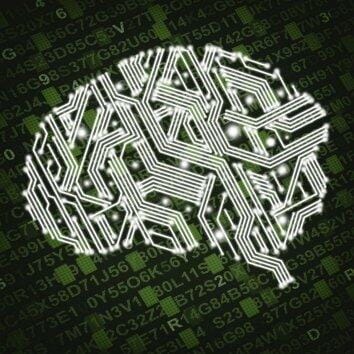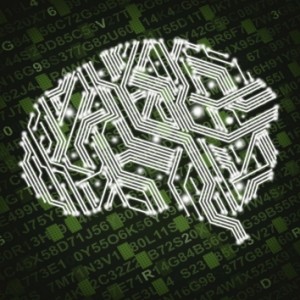Machine Learning is Now Closer to Human Learning

Researchers from the Massachussets Institute of Technology, University of Toronto and New York University have developed an algorithm that allows machines to learn like humans, in a faster and more creative way. The computers were able to recognize and reproduce visual concepts from just a few examples. The findings were published in the journal Science.
Machines can learn new concepts, like a new letter in an unkown alphabet. However, their learning process is very slow. While a human only requires a few examples of the concept to recognize a new instance, machines need hundreds or thousands of them to do it with the same efficiency. Professor Ruslan Salakhutdinov published ten years ago a paper where he produced an algorithm that learned to recognize the handwritten digits 0 to 9 after providing the machine 60000 examples. In their new project, Salakhutdinov and his colleagues wanted to accelerate the machine learning process to make it more similar to that of a human. They wanted a machine to generate new examples of a concept, or even new concepts, from a very small number of examples.
Bayesian Program Learning
The authors developed a new learning technique called Bayesian Program Learning (BPL). Alphabet characters were provided to a machine by a computer code that, when run, generated different examples of that character. The algorithm developed in this study not only recognized the different ways of “writing” the same character, but also was able to “draw” it -by reconstructing code- in several ways. The learning process was valid for recognizing 1600 characters from 50 different writing systems.
The authors performed also visual Turing tests. Machines and humans were given one example of a handwritten character, and then they had to reproduce it. The scientists had to assess whether the symbol had been created by a human or a machine. Only 25% of the evaluators were able to correctly distinguish symbols originated by machines.
By reversing the human problem solving process, the authors of this study have dramatically improved machine learning algorithms. The new methods will help to advance machine learning for other activities.
Source: NYU

